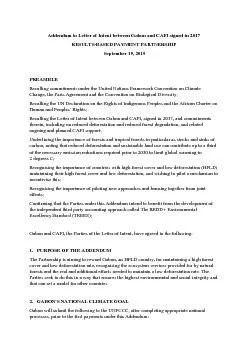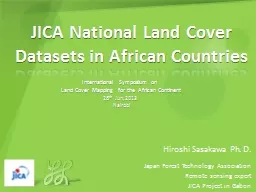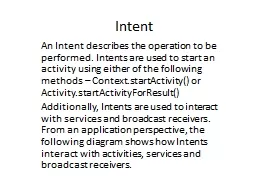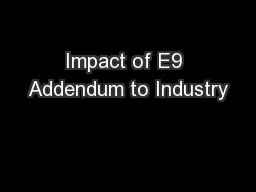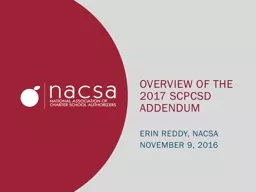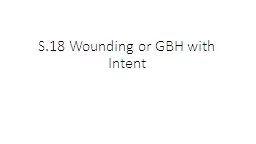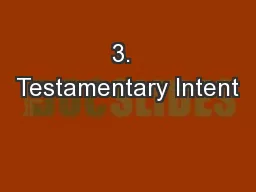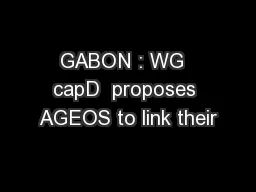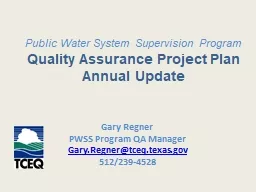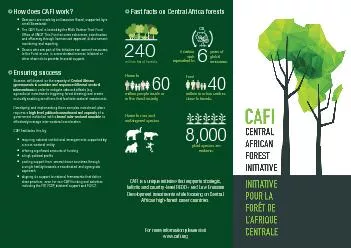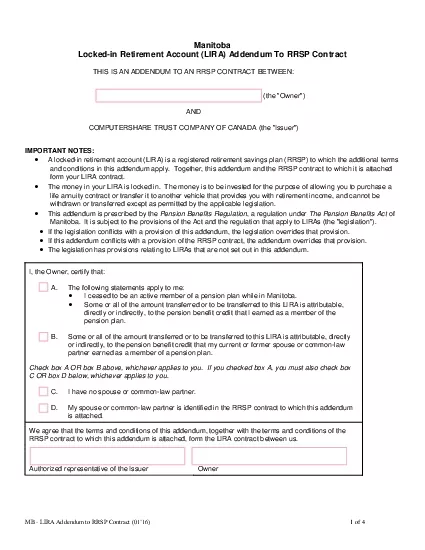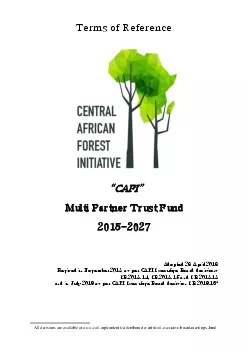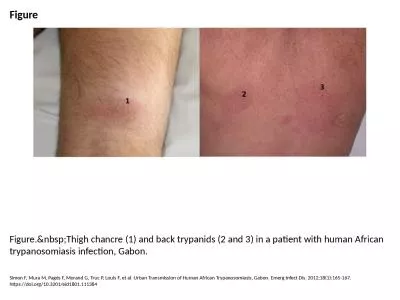PDF-Addendum to Letter of Intent between Gabon and CAFI signed in 2017 ...
Author : hazel | Published Date : 2020-11-23
R ESULTS BASED PAYMENT PARTNERSHIP September 1 9 2019 PREAMBLE Recalling commitments under the United Nations Framework Convention on Climate Change the Paris
Presentation Embed Code
Download Presentation
Download Presentation The PPT/PDF document "Addendum to Letter of Intent between Gab..." is the property of its rightful owner. Permission is granted to download and print the materials on this website for personal, non-commercial use only, and to display it on your personal computer provided you do not modify the materials and that you retain all copyright notices contained in the materials. By downloading content from our website, you accept the terms of this agreement.
Addendum to Letter of Intent between Gabon and CAFI signed in 2017 ...: Transcript
Download Rules Of Document
"Addendum to Letter of Intent between Gabon and CAFI signed in 2017
..."The content belongs to its owner. You may download and print it for personal use, without modification, and keep all copyright notices. By downloading, you agree to these terms.
Related Documents

